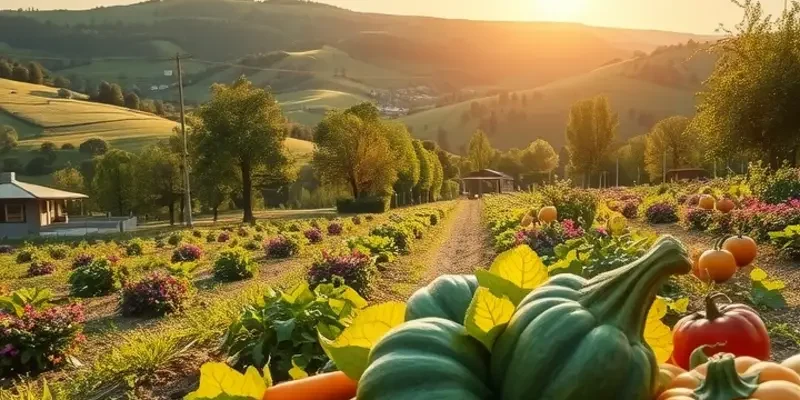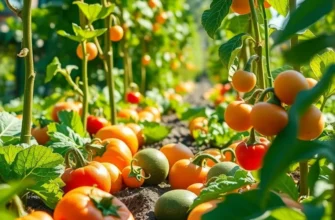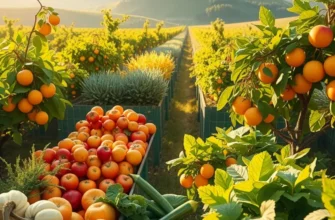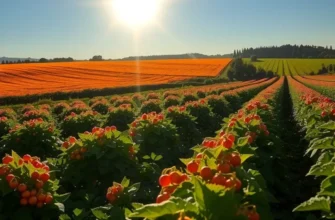Food has always been more than sustenance; it tells stories, embodies culture, and fosters connection. In a world fractured by conflict, culinary traditions serve as powerful tools for peacebuilding, inviting us to share meals, stories, and experiences across divides. From communal feasts to local cooking schools, food creates spaces for dialogue, understanding, and healing. This exploration unveils how our shared culinary heritage can pave the path toward reconciliation and unity.
The Communal Table: Healing Through Shared Meals

A communal table is more than just a dining space; it becomes a canvas where diverse narratives converge. This convergence allows individuals from different backgrounds to understand one another, breathing life into the concept of peacebuilding through food. Sharing meals in a communal setting often dissolves invisible barriers, enabling participants to engage in meaningful dialogue and establish common ground. The act of breaking bread fosters an intimate environment, encouraging openness and trust—a fundamental aspect of conflict resolution.
Consider the ‘peace kitchens’ in Lebanon, where Syrian refugees and Lebanese hosts cook side by side, collaborating to create traditional dishes from both cultures. These initiatives transform communal meals into platforms for empathy and mutual respect. As participants share culinary stories and recipes, they also share their joys and fears. Such settings provide a unique opportunity to mend cultural divides and rebuild relationships strained by conflict.
In Colombia, the power of shared food traditions has helped reconcile former combatants and affected civilians. Community-led farming and cooking projects have emerged, focused on indigenous food practices. These projects open pathways for dialogue and collaboration, emphasizing a shared cultural heritage that transcends past hostilities. Mutual participation in such initiatives nurtures a collective identity, fostering peace through a shared commitment to culinary preservation and innovation.
Similarly, in South Africa, post-apartheid reconciliation efforts have harnessed the power of communal dining experiences. Community braais (barbecues) bring together people of different races and backgrounds. These gatherings serve as informal peacebuilding exercises, where the love for food bridges the gap between historical inequalities. Through the simple act of cooking and eating together, participants challenge preconceptions and foster understanding.
Food is a universal language, and its ability to connect goes beyond cultural and linguistic divides. In areas marred by conflict, shared meals have the power to transform adversaries into allies. The communal table encourages participatory engagement, ensuring everyone has a seat and a voice. For instance, initiatives in Nigeria have used traditional culinary practices to mediate tensions among ethnic groups. Food, in its simplicity, becomes a tool for dialogue, grounding discussions in a shared sensory experience.
Creating these shared meals often requires thoughtful consideration of dietary preferences and cultural sensitivities. Exploring alternatives and sustainable practices can enhance these experiences. To better understand how to incorporate diverse ingredients, consider visiting this guide on practical ingredient batching, which offers insights into preparing versatile meals suited for communal events.
Ultimately, the communal table is a testament to the power of food in conflict resolution. Meals become moments of transformation, where broken narratives begin to heal and new stories unfold. The spirit of cooperation nurtured at these gatherings echoes beyond the dining table, suggesting that peace, much like a shared meal, is within reach and worth pursuing.
Food as a Storyteller: Culinary Heritage and Identity

Food goes beyond mere sustenance; it is a vibrant expression of cultural heritage and identity. Each dish, an amalgamation of history, geography, and tradition, narrates the story of its people. The spices employed, the techniques adopted, and the recipes passed down through generations are all pieces of a larger cultural puzzle. This storytelling through food can be profoundly impactful, offering a bridge across diverse communities, fostering understanding and peace.
Culinary heritage is a repository of a community’s collective memory, encapsulating traditions and experiences. It reveals social structures, local customs, and even historical milestones. For instance, the ubiquitous presence of specific ingredients often tells a tale of ancient trade routes and exchanges between civilizations, highlighting how cultures have intersected and influenced each other over time. Indeed, exploring the culinary influences of trade uncovers layers of interconnected histories and shared culinary practices.
Food festivals and culinary workshops play a pivotal role in preserving and celebrating these traditions. By immersing participants in the cooking processes and stories behind each dish, they create an experiential learning environment. These gatherings cultivate appreciation for the diversity of culinary heritage and encourage participants to embrace cultural differences in a globalized world. They convey narratives of resilience and transformation within a region and provide a platform for sharing these tales with others, thus building mutual respect and understanding.
A simple cooking class can transform perspectives, as participants engage not just with the ingredients but with the stories of those who cultivated them. In a food workshop, local chefs or community members can recount their personal and communal histories associated with particular dishes. These interactions foster empathy and a sense of shared humanity, helping to dissolve prejudices and misconceptions. In this safe space, people learn to appreciate the uniqueness of each culinary tradition and how these differences enrich the global tapestry.
Heritage food festivals also exemplify the role of food as a uniting force. These festivals are often celebratory events where vibrant displays of diverse foods offer more than just a feast for the senses. They facilitate dialogue among participants from varied backgrounds, and people learn to celebrate diversity through the universal language of taste and aroma. Engaging in these experiences enhances intercultural understanding and peacebuilding, as attendees not only consume food but also partake in the stories and customs of other cultures.
The act of breaking bread together pushes beyond cultural boundaries, transforming casual meals into meaningful exchanges. By exploring and embracing the culinary stories of different regions, we make strides toward a more inclusive and harmonious world. Food, in its role as a storyteller, bridges divides by weaving together histories and identities from across the globe. As we continue to partake in these cultural exchanges, we foster an ever-deeper appreciation for the richness of human diversity, celebrating it as a powerful tool for peace.
Final words
As we venture into the rich world of culinary traditions, it’s evident that food plays a pivotal role in connecting us, even in the most challenging circumstances. The communal table becomes a platform for dialogue, understanding, and healing, while food as a storyteller fosters a deep appreciation of our diversity. By embracing our culinary heritage, we create bridges of empathy and respect. The next time you sit down to share a meal, remember that each bite is not only nourishing but also a step towards building a more peaceful world. Let’s celebrate food as a powerful ally in our quest for harmony.








